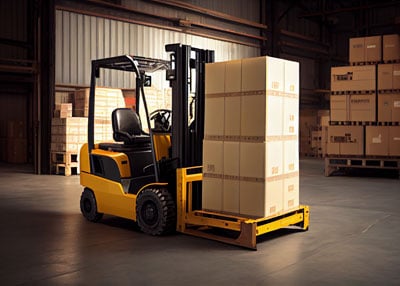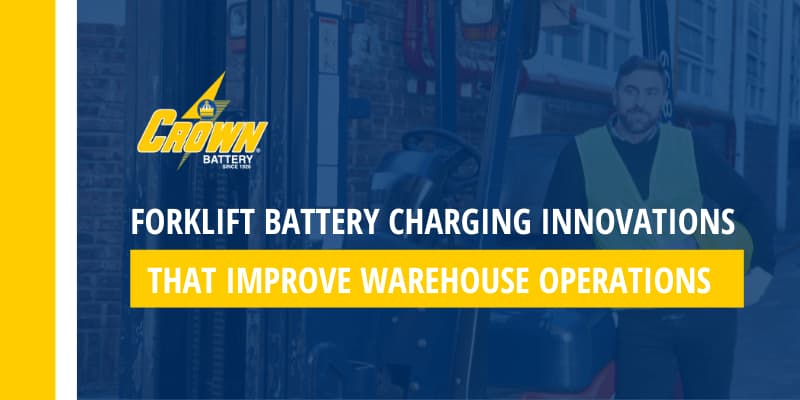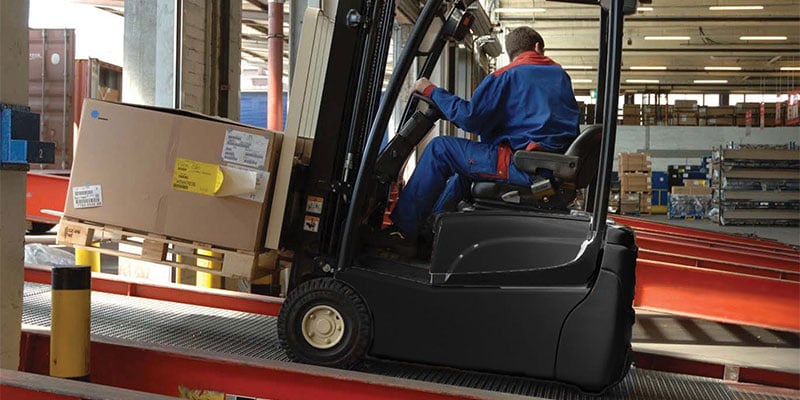The days of three batteries per truck and old chargers are fading fast.
Today’s 3x6 operations often run on 1.8 - 2 batteries and AC-drive trucks.
Batteries are opportunity charged – charged whenever there’s a chance and used throughout the workday.
And while today’s batteries are more robust than older models because of computer-aided R&D and robotic assembly…
… opportunity charging can cut the lifespan of any battery. That’s because one battery is doing the work of multiple batteries – and is cycled more often and/or deeper.
Fortunately, you can set yourself up for multiple shifts with fewer batteries… improve your profitability and reliability… and ensure your batteries last until the end of your lease or longer.
Here’s how:
Create a rock-solid maintenance program.
For all battery chemistries, whether AGM or flooded lead acid or lithium, be sure to periodically inspect batteries for corrosion, cable wear, and other problems. The earlier you catch them; the cheaper and easier they are to fix.
Flooded (lead-acid) batteries:
- Check fluid levels and top off at the recommended intervals (often weekly - monthly).
- Equalize per manufacturer recommendations.
- Consider single-point watering systems; they can drastically reduce maintenance time requirements – and thus, their payback period is generally short.
And for all batteries, avoid overheating. Charge batteries in a cool area, and be sure you use smart chargers.
Use the right chargers.
Battery damage rarely happens overnight. Often, it’s a combination of pushing them beyond their limits for discharge, temperature, maintenance, and charging.
Old-fashioned chargers can harm batteries and waste energy. That’s because they don’t offer the range of tailoring to your actual battery charging profile, and they turn a lot of electricity into heat by overcharging batteries.
And charging becomes critical if you’re running multiple shifts daily with one or two batteries.
Instead, look for smart (IHF) chargers like Crown’s PowerHouse line. These chargers are customizable to the ideal charging curve for your battery. Their computers monitor battery voltage, battery temperature, ambient temperature, and other important factors. They charge faster. They reduce electric bills because you’re no longer wasting money overheating batteries. And because smart charges stop charging when batteries reach full capacity, they stay within healthy temperatures, improving their lifespan.
Get advice from energy experts who’ve seen thousands of different motive power applications.
Deciding to change operations can be difficult – especially if we’re swamped at work and managing many different systems, teams, and types of equipment.
There just isn’t enough time to figure everything out on our own. And even the smartest warehouse and operations managers see only their best practices.
That’s where outside help can make the biggest impact.
If you’re considering switching to multiple shifts with fewer batteries, contact our National Account team. They can help you see first-hand how that could impact your operations – including the potential ROI for different changing and charging practices and the pros and cons of other options.











